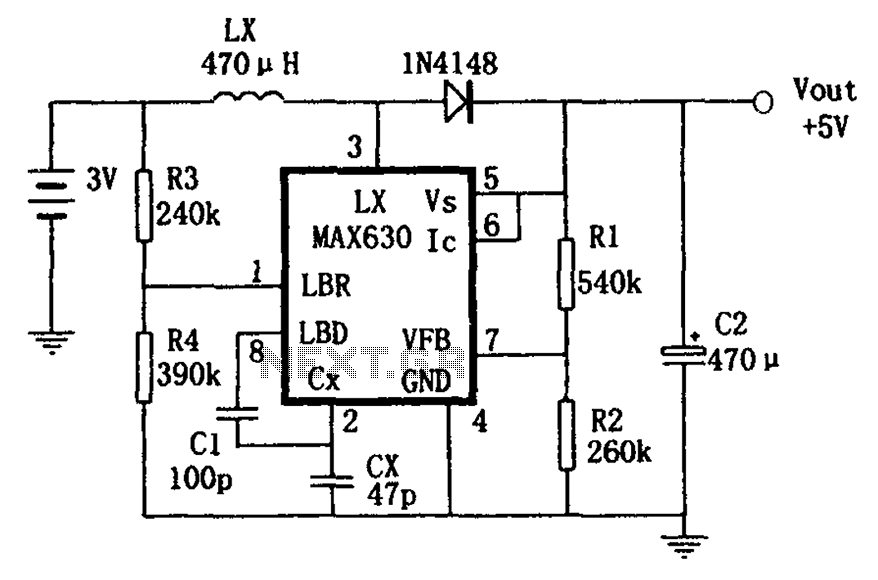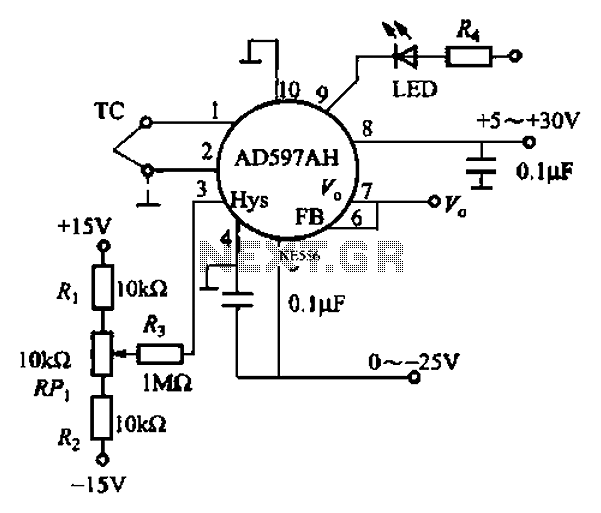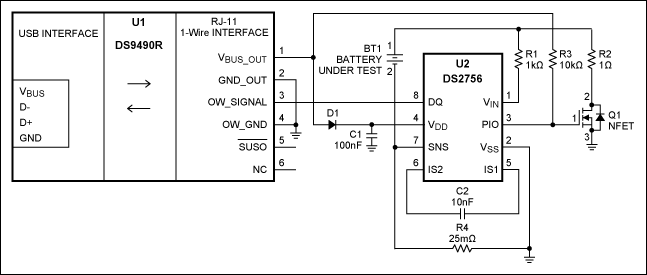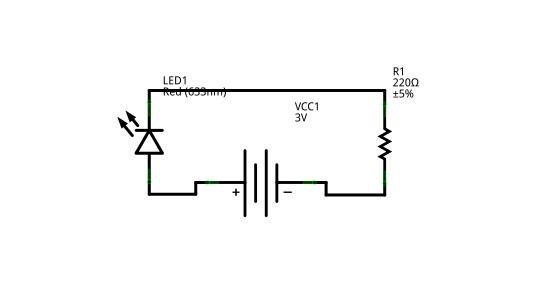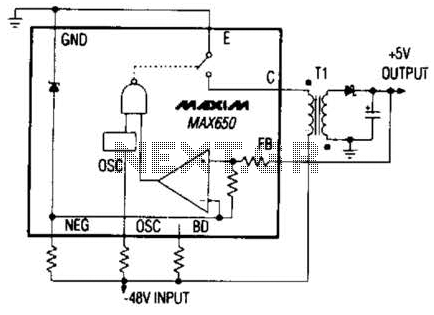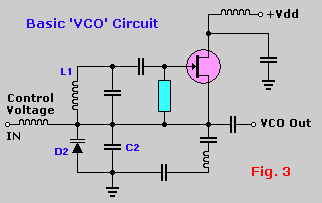
Frequency Divider For Measurements Circuit
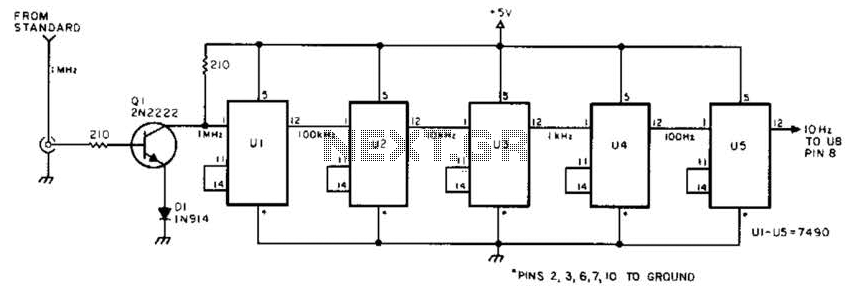
This circuit is designed to be driven by a 1-MHz standard signal with an amplitude of several volts. The components U1 through U5 are 7490 decade counters/dividers, providing a division ratio of 100,000:1. It is possible to tap off successive divisions of 10 between stages if required. Additionally, one or more stages can be incorporated for even lower frequency outputs.
The circuit utilizes the 7490 decade counter, which is a versatile integrated circuit capable of counting from 0 to 9 and can be configured for various counting applications. In this configuration, the 1-MHz input signal is fed into the first 7490 counter (U1), which divides the frequency by 10, resulting in a 100 kHz output. This output can then be connected to the next counter stage (U2), further dividing the frequency by 10 to yield a 10 kHz signal.
Each subsequent 7490 counter (U3, U4, U5) continues this division process, allowing for precise control over the output frequency. The division ratio can be adjusted by tapping off at various stages, providing flexibility in application. For instance, if a 1 kHz output is desired, the output can be taken from U4, while a 100 Hz signal can be accessed from U5.
The design allows for the addition of extra counter stages if even lower frequencies are needed. This modularity is beneficial for applications requiring a broad range of output frequencies from a single high-frequency source. Proper power supply decoupling and grounding are essential to ensure stable operation and to minimize noise in the output signal. Additionally, appropriate resistor and capacitor values should be selected to optimize the performance based on the specific requirements of the application. This circuit is meant to be driven by a 1-MHz standard signal of a few volts amplitude. Ul through U5 are 7490 decade counter/divider and produce a division ratio of 100,000:1. Successive divisions of 10 can be tapped off, if desired, between stages. One or more stages can be added for still lower frequencies.
The circuit utilizes the 7490 decade counter, which is a versatile integrated circuit capable of counting from 0 to 9 and can be configured for various counting applications. In this configuration, the 1-MHz input signal is fed into the first 7490 counter (U1), which divides the frequency by 10, resulting in a 100 kHz output. This output can then be connected to the next counter stage (U2), further dividing the frequency by 10 to yield a 10 kHz signal.
Each subsequent 7490 counter (U3, U4, U5) continues this division process, allowing for precise control over the output frequency. The division ratio can be adjusted by tapping off at various stages, providing flexibility in application. For instance, if a 1 kHz output is desired, the output can be taken from U4, while a 100 Hz signal can be accessed from U5.
The design allows for the addition of extra counter stages if even lower frequencies are needed. This modularity is beneficial for applications requiring a broad range of output frequencies from a single high-frequency source. Proper power supply decoupling and grounding are essential to ensure stable operation and to minimize noise in the output signal. Additionally, appropriate resistor and capacitor values should be selected to optimize the performance based on the specific requirements of the application. This circuit is meant to be driven by a 1-MHz standard signal of a few volts amplitude. Ul through U5 are 7490 decade counter/divider and produce a division ratio of 100,000:1. Successive divisions of 10 can be tapped off, if desired, between stages. One or more stages can be added for still lower frequencies.
